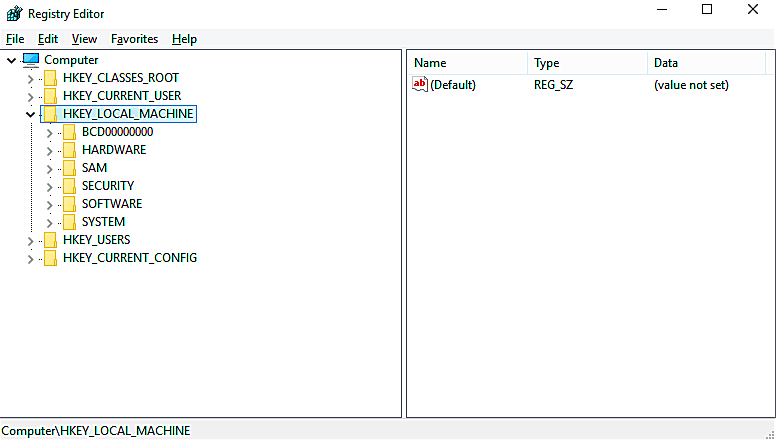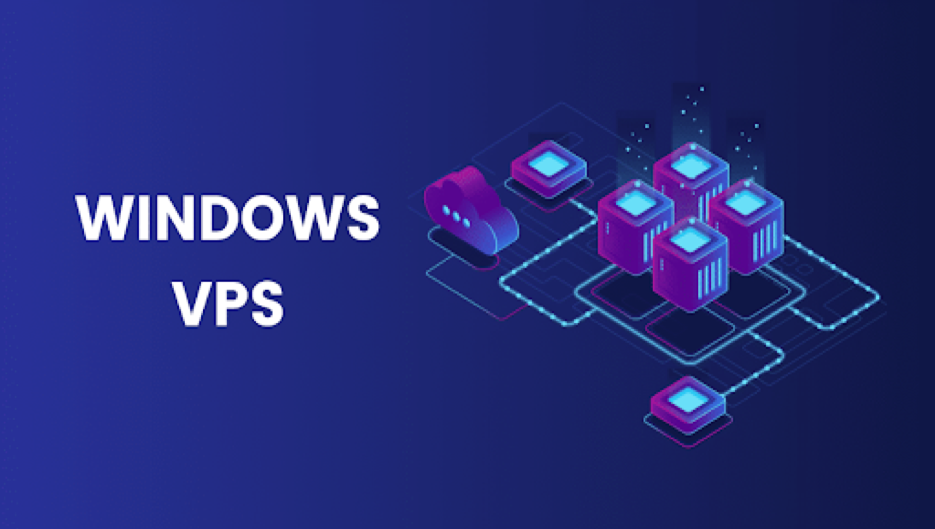To all our readers who are not familiar with the HKEY_LOCAL_MACHINE, this article acts as a complete guide explaining the definition, location and purpose of the HKEY_LOCAL_MACHINE. We have also added some steps on to how you can open and view the registry keys under the Windows Registry tree.
One of the Window Registry root keys is HKLM a.k.a HKEY_LOCAL_MACHINE. What is Windows Registry you might ask? It is a database that contains the configuration settings to the Windows OS. The registry is split into different trees. To find several different root keys, you will have to open Windows Registry Editor. The specific purpose of each key is to store information according to specific Windows function. Software, system, security, sam and hardware are the five registry subkeys that are included in the registry tree.
Majority of the configuration info about the Windows OS is filled within the HKLM registry. Info such as Windows services, hardware and device drivers and the boot configuration of your Windows 7/8/10 computer.
Step by step to Open HKEY_LOCAL_MACHINE:
- Press Windows + R to open RUN Dialog Box, type regedit in the Run box, and press Enter button. This will open Windows Registry.
- You will find HKEY_LOCAL_MACHINE in the Registry Editor’s left panel. Click the arrow icon to expand HKEY_LOCAL_MACHINE.
Registry Subkeys in HKEY_LOCAL_MACHINE:
When you click the arrow key to expand HKEY_LOCAL_MACHINE, several subkeys of the registry will list in front of your eyes. The subkeys you’ll see are:
-HKEY_LOCAL_MACHINE\BCD00000000 -HKEY_LOCAL_MACHINE\COMPONENTS -HKEY_LOCAL_MACHINE\DRIVERS -HKEY_LOCAL_MACHINE\HARDWARE -HKEY_LOCAL_MACHINE\SAM -HKEY_LOCAL_MACHINE\Schema -HKEY_LOCAL_MACHINE\SECURITY -HKEY_LOCAL_MACHINE\SOFTWARE -HKEY_LOCAL_MACHINE\SYSTEM
These subkeys may vary from computer to computer. The latest systems don’t have the subkey- MACHINE\COMPONENTS in it.
Well you won’t have to worry about the other subkeys. The most commonly used subkey is the SOFTWARE one which is responsible for storing configuration information of programs installed on the computer. When a program is installed, all the data will be written on the SOFTWARE registry key. Next time you open the app, settings will be loaded from the memory of the system. This is done in order to ensure that the user doesn’t have to configure the program every time he or she wishes to use the app.
Some other important keys that you should know about are as follows:
-SOFTWARE\Microsoft\Windows\CurrentVersion key: This subkey contains configuration settings of various programs and components installed on the Windows computer.
-HKEY_LOCAL_MACHINE\SYSTEM\CurrentControlSet\Services key: This key includes configuration settings of various Windows services.
-There is a hardware key that contains settings of configuration of various BIOS, hardware devices, processors, etc. Use this subkey to check the BIOS version of the system.
Conclusion:
This HKMACHINE is not physically present on your computer, it is just a code of a container that contains registry data and configuration settings. If you need to edit and change the value data of the registry keys under the HKEY_LOCAL_MACHINE, you can do so by accessing and opening the Registry Editor.




